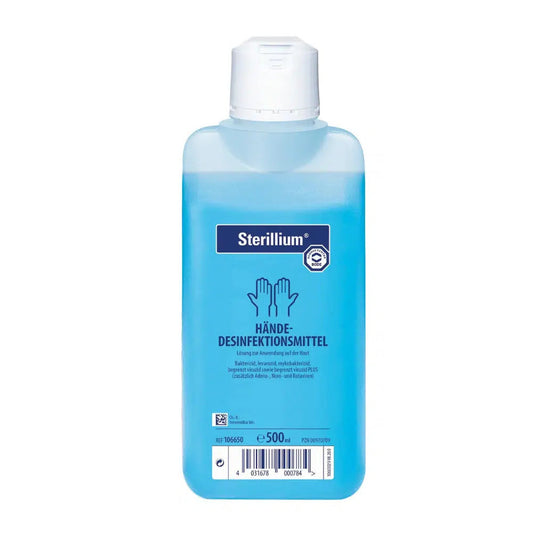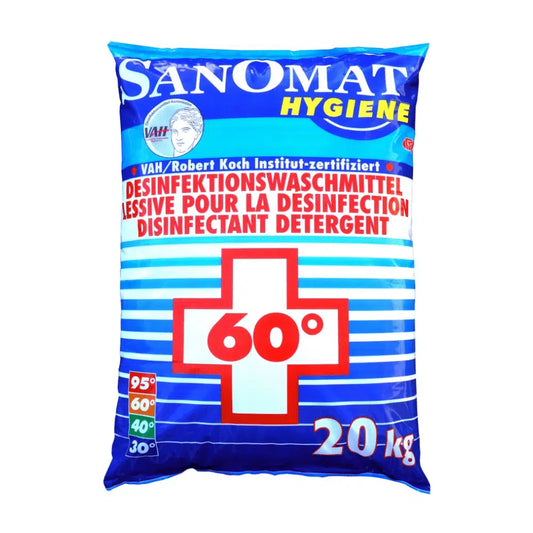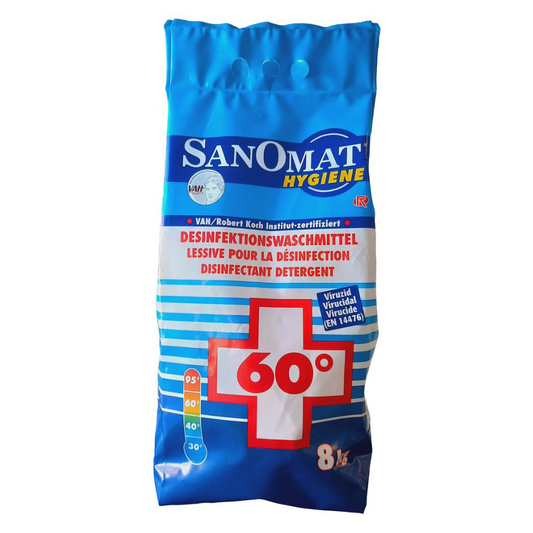Road salt
Straße salt - effective protection against ice and snow
When winter comes, it will Road salt To the indispensable helper to keep roads, sidewalks and entrances safely and ice -free. Straße salt ensures that smoothness is reliably eliminated and the risk of slipping is significantly reduced. Whether for private use or in professional winter service, road salt offers a quick and effective solution to master winter conditions.
How does road salt work?
Straße salt mainly consists of Sodium chloride (NACL), a salt that lowers the freezing point of water. As soon as the axal salt is spread on icy areas, the ice melts because the salt reduces the freezing point of water. In this way, the area remains ice -free even at temperatures below 0 ° C. Straße salt has an effect until -21 ° C, which makes it one of the most effective methods to remove ice and snow.
Important areas of application of road salt
Road salt is used in many areas to ensure security in winter:
- Streets and motorways: In professional winter service, road salt is used to keep lanes from slip -free and prevent accidents by black ice.
- Wedwears and entrances: Homeowners and tenants use road salt to free private routes and access from ice and snow.
- Parking spaces and commercial space: Companies use road salt to ensure parking spaces, access roads and outdoor areas for customers and employees.
- Public places and stairs: In public places and entrances, road salt ensures that passers -by are safe.
Advantages of road salt
- Quick effect against smoothness: Road salt begins to work immediately and quickly ensures ice -free surfaces.
- Easy application: Road salt can simply be applied by hand or with a sprinkle.
- Security in winter: The use of road salt reduces the risk of slipping and smoothness, which significantly increases safety on roads and sidewalks.
- Versatile possible uses: No matter whether private or public, road salt is versatile and ensures a safe winter environment.
Environmental aspects: Use road salt responsibly
Although road salt is a proven remedy in winter, it should responsible be used. In large quantities, the salt can burden the environment, especially plants and trees that can be damaged by the salt. It is therefore advisable to use road salt sparingly and only spread on the most necessary areas. There are particularly sensitive areas or environmental protection zones Salt -free alternatives How Grit or sandthat represent a good addition to road salt.
Different types of road salt
In addition to the classic Sodium chloride-based road salt There are various alternatives that can be used for special purposes:
- Auftraaltz with calcium chloride (CACL2): This excerpt is particularly suitable for extreme minus temperatures and is ideal for very cold winter.
- Magnesium chloride (MGCL2): A more environmentally friendly variant that is gentle on plants and floors and still has effectively effectively effects in ice fighting.
These variants are often used in combination with road salt to remain effective even at very low temperatures.
Store the road salt properly
The correct storage is important so that road salt can develop its full effect. Dry and well -closed If the road salt is kept so that it does not clump and can be easily spread. Ideally it will be in one weather -protected container Or stored a bucket to protect it from moisture.
Strousalz vs. Alternative stray
In addition to road salt, there are more environmentally friendly alternatives such as Grit, sand or others Salt -free stray. These are used particularly in nature reserves or in sensitive areas to protect the plants and groundwater. A combination of road salt and these alternatives is often used to protect both the environment and to effectively combat the smoothness.

























